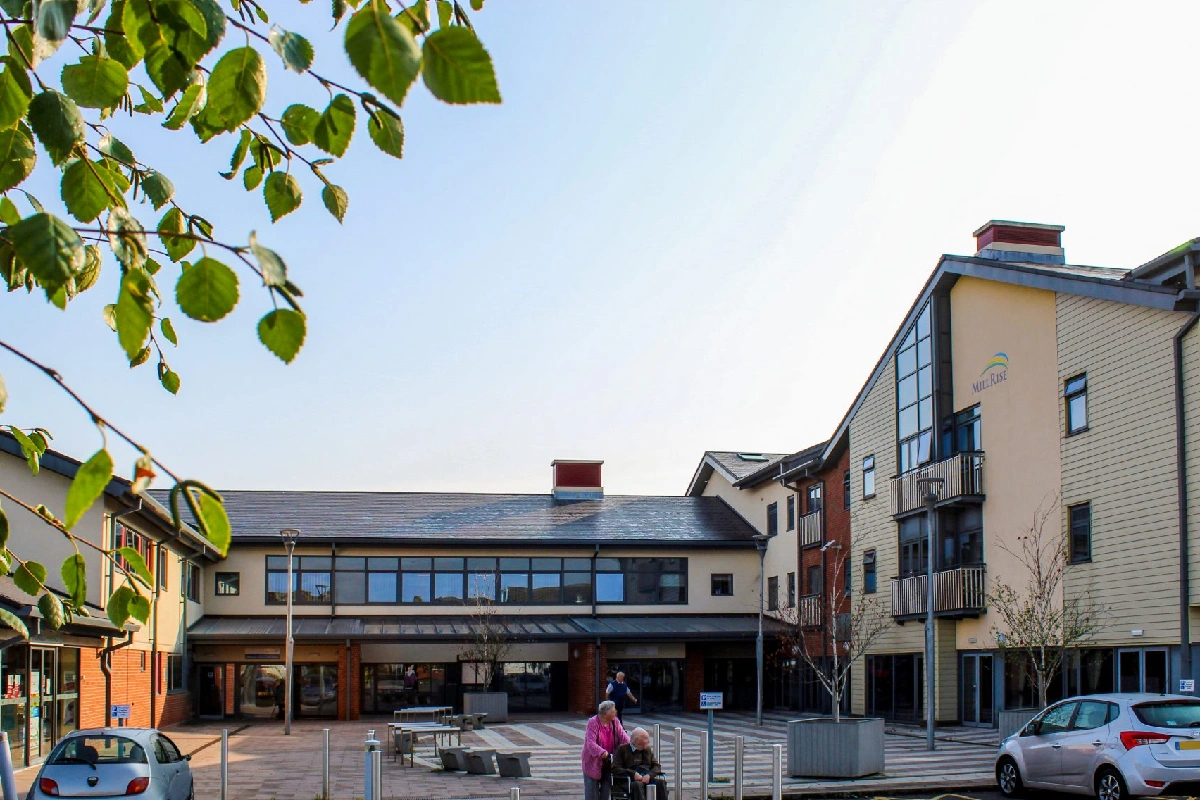We use cookies to help provide you with the best possible online experience.
By using this site, you agree that we may store and access cookies on your device. Cookie policy.
Cookie settings.
Functional Cookies
Functional Cookies are enabled by default at all times so that we can save your preferences for cookie settings and ensure site works and delivers best experience.
3rd Party Cookies
This website uses Google Analytics to collect anonymous information such as the number of visitors to the site, and the most popular pages.
Keeping this cookie enabled helps us to improve our website.

Primary Care
Welcome to Loomer Medical Partnership
Loomer Medical Partnership Primary Care sector comprises of 5 sites, providing high quality care to in excess of 26,000 patients.

Learn more about our GP surgeries
Visit our Primary Care website to learn more and register for our GP services.
Loomer Medical Group
About Us
Our Services
Our Website

Armed Forces
Covenant
